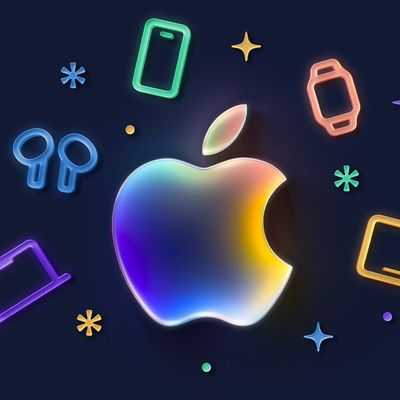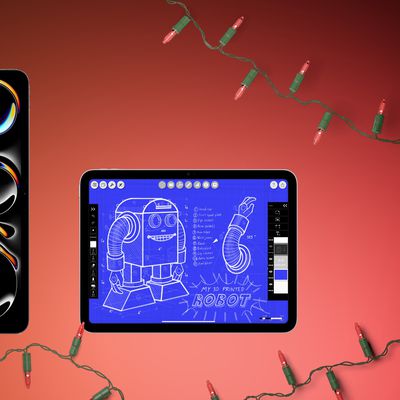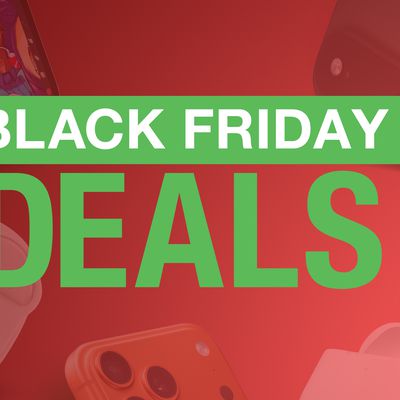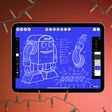The Federal Aviation Administration advisory committee has recommended that electronic device restrictions on commercial aircraft be relaxed. According to the committee, airline passengers should be permitted to use smartphones, tablets, e-readers, and other personal electronic devices during taxi, takeoff and landing.
The 28-member committee agreed on the recommendations during a closed-door meeting, the officials said. The recommendations will be included in a report to be delivered to the FAA early next week, they said.
Current rules prohibit the use of electronic devices such as the iPad or the iPhone below 10,000 feet, which means airline passengers are instructed to power off their devices as the plane ascends and descends. Pilots and crew, however, are allowed to use iPads during all phases of flight and many airlines have replaced pilot flight bags with iPads to reduce weight and save money.
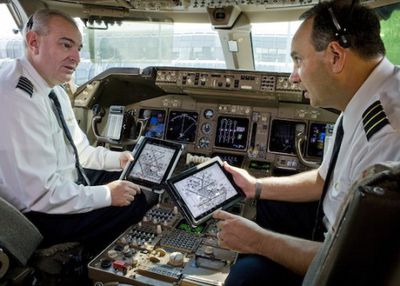
The ban has been in place to prevent electronic devices such as cell phones from interfering with cockpit equipment, but modern planes are designed to prevent electronic interference.
The Federal Aviation Administration began reexamining the regulations that ban electronic device usage below 10,000 feet last year, and in March, the FAA’s advisory committee reported that it hoped to loosen device restrictions by the end of the year.
Under today’s recommendation, passengers would be able to use most devices, though some, like Apple’s iPhone, would need to be switched to airplane mode. Downloading data, browsing the web, and talking on the phone would remain prohibited, though reading e-books, listening to music, watching movies, and playing games would be permitted during all phases of flight.
The recommendation will be delivered to the Federal Aviation Administration next week, but it remains up to the FAA to decide whether to follow the recommendations of the committee. The FAA created the committee and was involved in committee deliberations, so it is likely that some of the changes will be implemented, though a timeline for the change is thus far unknown.




